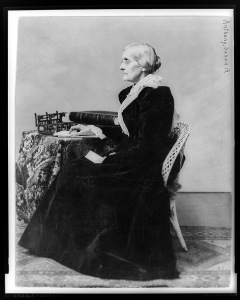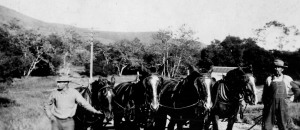“Overlooking Mission Valley,” or “View of Mission Valley” were common selling points found in realty ads in San Diego papers from the 1880s to the 1950s. “Good bottom land” was a similar selling point, especially in the late 19th and early 20th centuries.
“This valley is situated three miles from the business center of San Diego,” begins a description in An Illustrated History of San Diego, published in 1890. “It is traversed by the San Diego river, and it may be reached either by way of Old Town, which lies at the mouth of the valley, or by the road up to the mesa and new grade, which enters some two miles farther up.”
The old mission that had given the valley its name was at that point a neglected ruin near its eastern border. But the valley itself was lush with natural life. “This valley was well chosen by the Franciscan Fathers, “ stated the book, “for it contains some of the most productive land in present San Diego County. On the higher benches grow fruits, vegetables and cereals, while the lower, more sandy portions are well adapted for the cultivation of alfalfa and other grasses. Good water, which may be found even during the dry season, at three to ten feet depth, abundantly underlies the whole surface.”
The valley remained predominantly rural and agricultural through the first half of the 20th century. Here’s a photograph from the 1922 book, City of San Diego and San Diego County: The Birthplace of California, by Clarence McGrew:
This was the valley that Arthur Ribble called “a garden of small farms and dairies” in his 1990 book, Yesterday in San Diego. Ribbel was a columnist for San Diego newspapers from the 1930s to the 1970s with a lifelong love for San Diego and for Western history. His book, published shortly before his death, included a chapter called “Bygone Mission Valley,” in which he recalls “a tranquil and beautiful checkerboard of well-manicured truck farms” producing crops ranging from alfalfa, corn, cabbage and beans to hogs and dairy products. “Many oldsters recall hunting rabbits, quail and dove on the floor of the valley,” wrote Ribbel.
The building of motels on the western end of the valley in the early 1950s was a portent of change that accelerated in the middle of the decade with the erection of a new minor league baseball stadium and, in 1958, city approval for the construction of a new shopping center by the May Company. The transformation from Mission Valley to Fashion Valley had begun in earnest.




